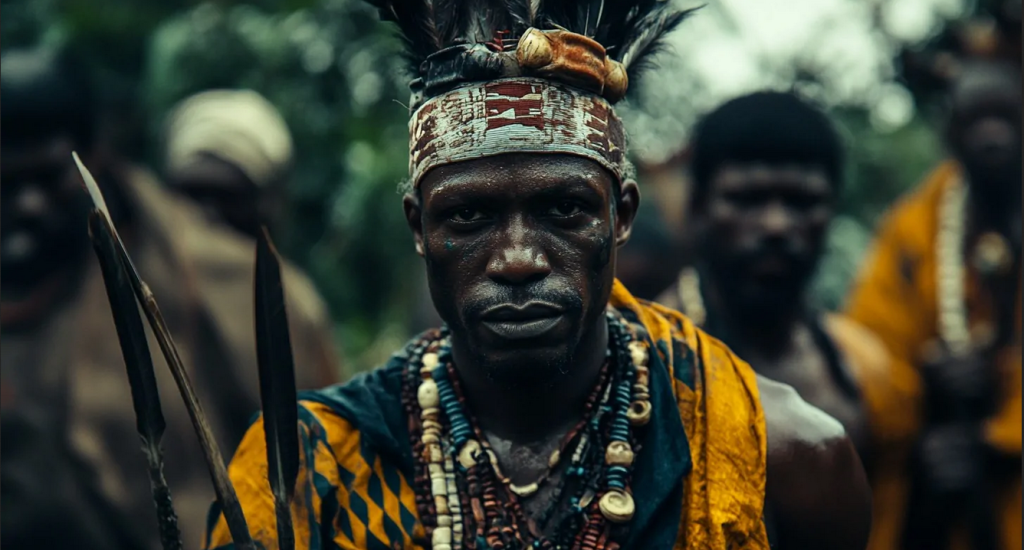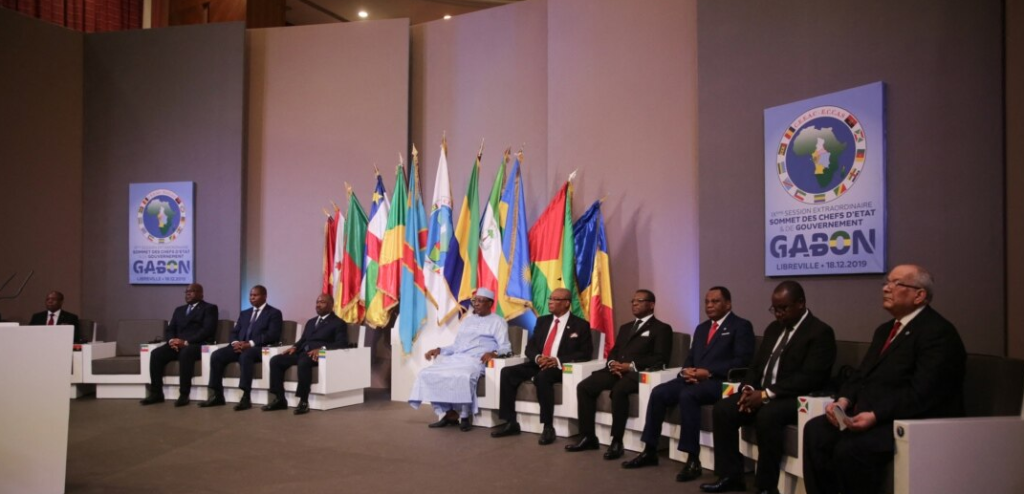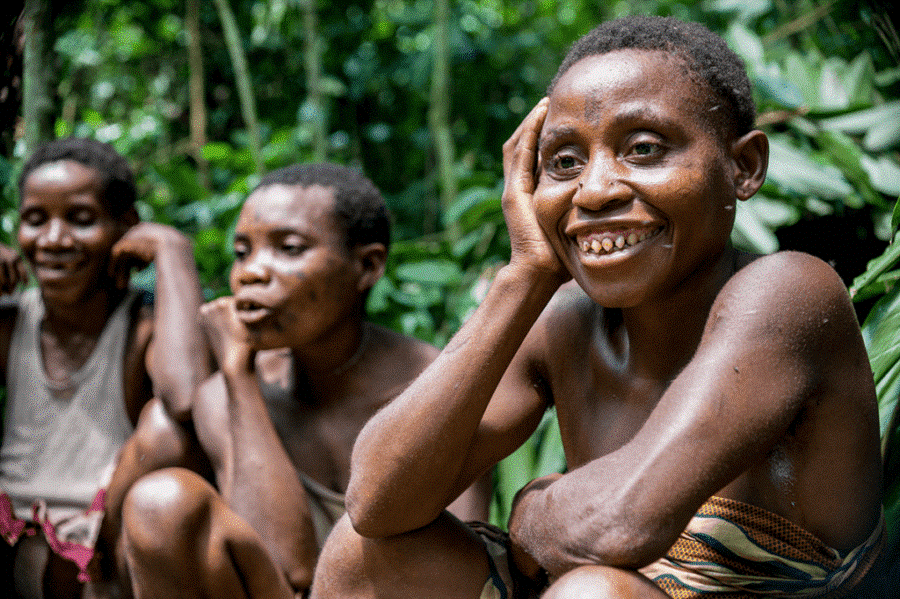Sango is a popular Creole language that is mainly spoken in the Central African Republic. The language is recognized as the official language in the country as it is popularly used as a lingua franca by many people living in the Central African Republic. Approximately 419,000 people in the Central African Republic use Sango as their mother tongue. The language is popular in the Central African region, with over 930,000 native speakers in the Central African Republic, its neighboring countries, and the diaspora. The number of people who speak Sango in the region as their second language surpasses 5 million.
Sango was originally identified as the native language of the people of the Central African Republic but over time, the language was adopted by people living in other countries such as Chad and the Democratic Republic of Congo. Sango remains a remarkable language as it acts as a bond between people of different ethnic backgrounds. As a result, Sang has developed a variety of dialects characterized by locally spoken languages in the region.
History and Origin of Sango
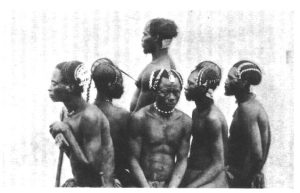
The earliest speakers of the Sango language can be traced to the late 19th Century. During this period, the first traders and colonizers began entering the Central African region. Sango was first spoken by traders operating in the region near the Ubangi River. At this point, it developed as a form of pidgin from the Ngbandi language. Sango was used by different people from various ethnic groups, including the colonists from Europe. As a result of the increase in trade activity along the rivers in Central Africa, Sango speakers increased rapidly. At this point, the language was recognized and promoted by the colonists.
During colonialism, Sango came up as the primary language of communication among the different ethnic groups that were ruled by both the Belgian and the French. Sango was made one of the official languages of the Central African Republic after the country gained independence in 1960. French was the other official language in the country that was mainly used for administration and education purposes. After the Central African Republic gained independence, Sango continued to evolve as it took up more technical and modern terminologies that enabled various speakers in different domains and industries to communicate flawlessly.
How Sango Shapes African Culture and Identity
1. Sango Fosters Unity Among Diverse Populations
Sango is identified as the Central African Republic’s lingua franca, as it is one of the country’s official languages and it facilitates communication across over 80 ethnic groups in the country. As a result, the language promotes national cohesion and creates a common cultural identity among all the ethnic groups living in the Central African Republic. Sango made it possible for people from diverse linguistic and ethnic backgrounds to connect, form meaningful relationships, and live in harmony.

2. Sango Preserves Indigenous Languages
The history of the Sango language development reveals how this language came up from the combination of Ngbandi, an indigenous language, and other languages, like French. The language provided a common means of communication for people from various backgrounds. Today, Sango retains a significant portion of the Ngbandi language as its foundation. This way, the Sango language honors and helps pass on indigenous elements from one generation to another and preserve the rich cultural heritage of Central Africa.
3. Sango Passes on Oral Traditions
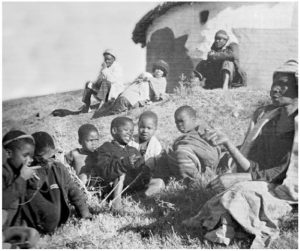
Sango is spoken by a large portion of the people in Central Africa, making it a useful medium for passing on oral traditions such as poetry, proverbs, traditional songs, stories, and folklore from one generation to another. These cultural aspects are useful in passing on crucial lessons, historical events, and values. They also play an important role in celebrating African identity.
4. Sango is an Important Part of Religious Practices

Since it is an official language in the Central African Republic, Sango is used to publish crucial religious texts and conduct religious ceremonies in various regions across the country. This ensures that these texts and ceremonies are open to a greater part of the population, contributing positively to the development of religious and cultural practices.
Sango in Pop Culture and Media
Sango in Music
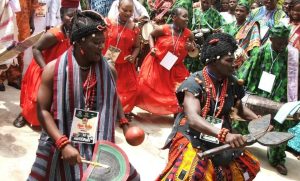
As an official language in the Central African Republic, Sango is widely used in the composition of both contemporary and traditional music in the country. This music discusses various issues facing the people of Central African Republic and incprorate various cultural aspects that are passed on from generation to generation. In some cases, modern musicians merge Sango lyrics with modern genres to create unique music genres that appeal to modern and diverse audiences in the global pool.
Sango in Film, Television, and Other Productions
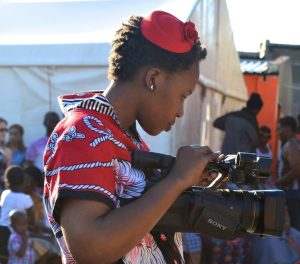
In Central Africa, Sango is primarily used to compose several local television shows and films that are made from Central African audiences. Such productions are instrumental in preserving the region’s culture and producing relatable entertainment that the local audiences can relate to. Other productions such as documentaries and educational programs are also often recorded using Sango which ensures that wider audiences are reached.
Sango in Radio
Sango is also popularly used to broadcast news and other entertainment shows on radio in the Central African Republic. This ensures that both modern and rural audiences are reached by crucial news and other official governmental communication.
Sango in Social Media and the Internet

Sango is widely used to communicate and share other media on various social media platforms among Central Africans. Such widespread use of the language validates its relevance and adaptability in such a modern and dynamic world. The language plays a crucial role in facilitating several forms of digital communication. Its continued use on digital spaces also ensures that the younger generation makes use of it and passes it onto upcoming generations.
Sango in Central African Literature
Sango is primarily used as a language of communication in Central African literature. There are several novels, poems, and short stories that are published in this language to paint a clear picture of Central Africa’s authentic cultural experiences. Additionally, children’s literature is also published in Sango, ensuring that the Central African cultural identity is embedded in them in the early stages of their lives.
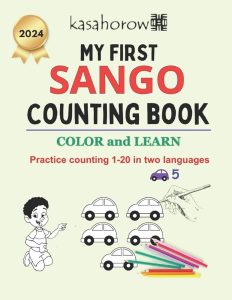
References
Alpha Omega Translations. (2015). The Sango language: three things to know. https://alphaomegatranslations.com/foreign-language/the-sango-language-three-things-to-know/
Bendor-Samuel, J. T. (n.d.). Sango language. Britannica. https://www.britannica.com/topic/Sango-language
Samarin, W. (2000). The Status of Sango in Fact and Fiction. On the one-hundredth anniversary of its conception. In book: Language Change and Language Contact in Pidgins and Creoles (pp.301). DOI:10.1075/cll.21.11sam. https://www.researchgate.net/publication/291054824_The_Status_of_Sango_in_Fact_and_Fiction_On_the_one-hundredth_anniversary_of_its_conception
World Data.Info. (2024). Sango-speaking countries. https://www.worlddata.info/languages/sango.php

